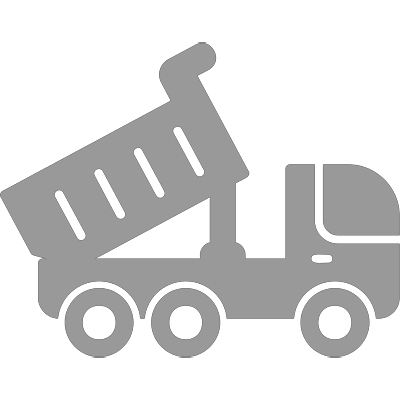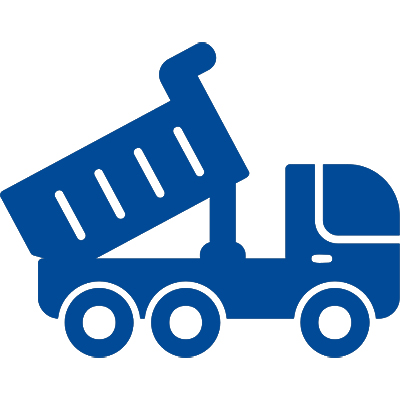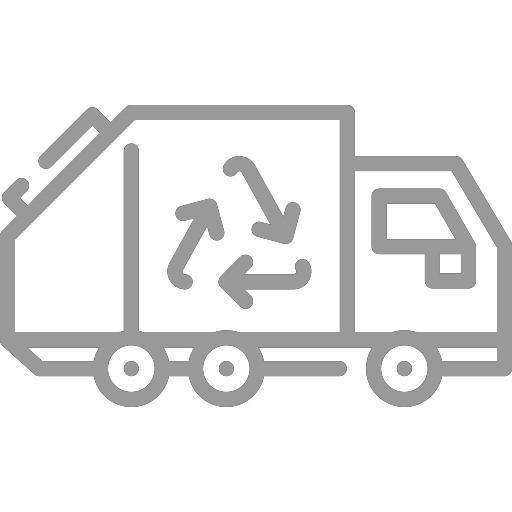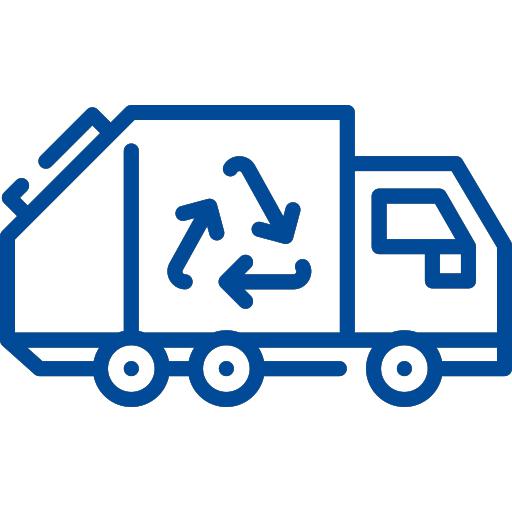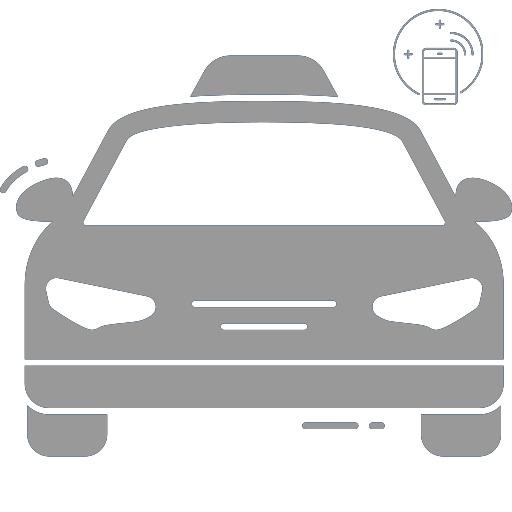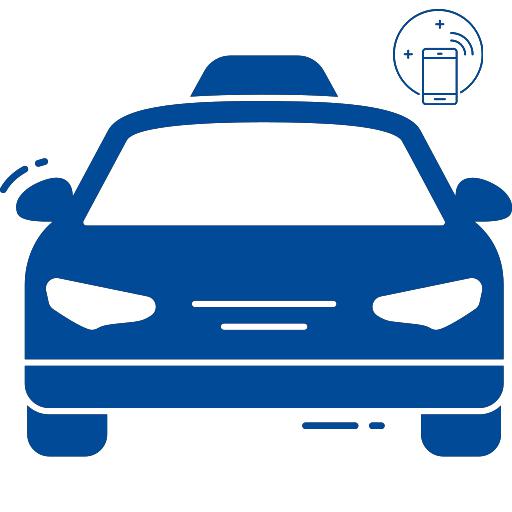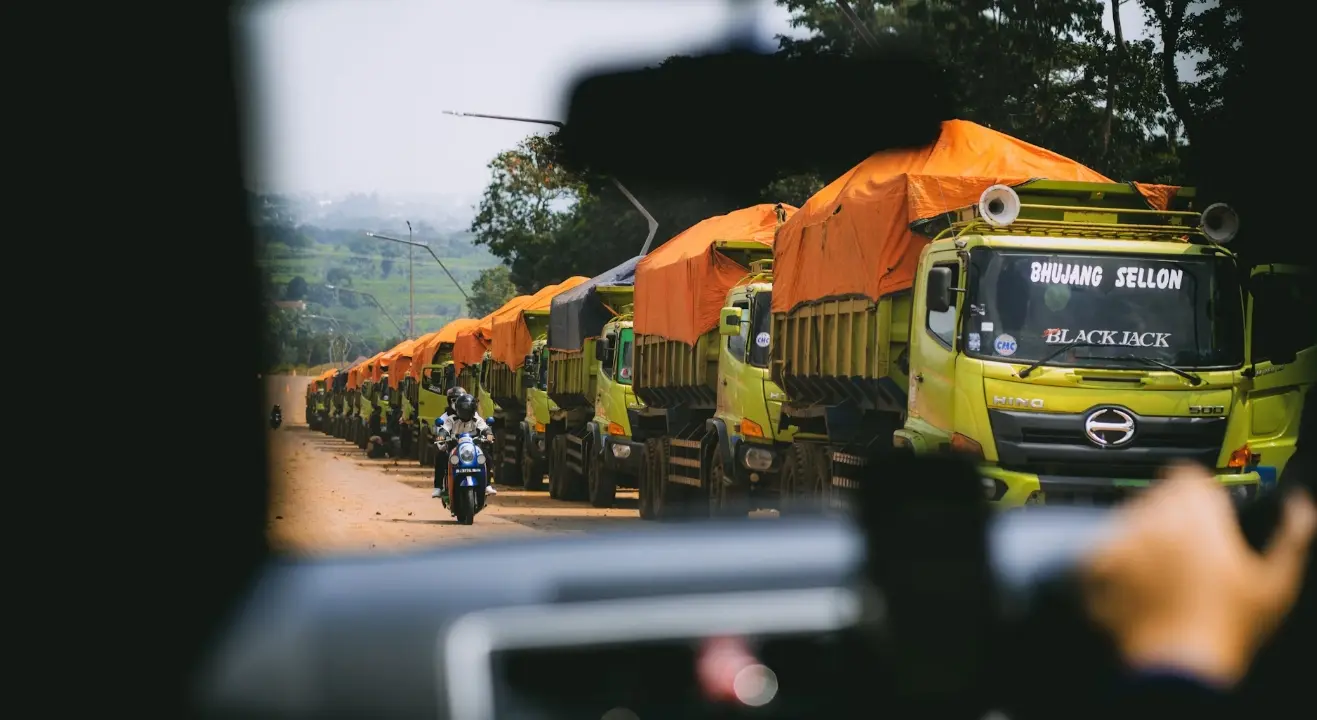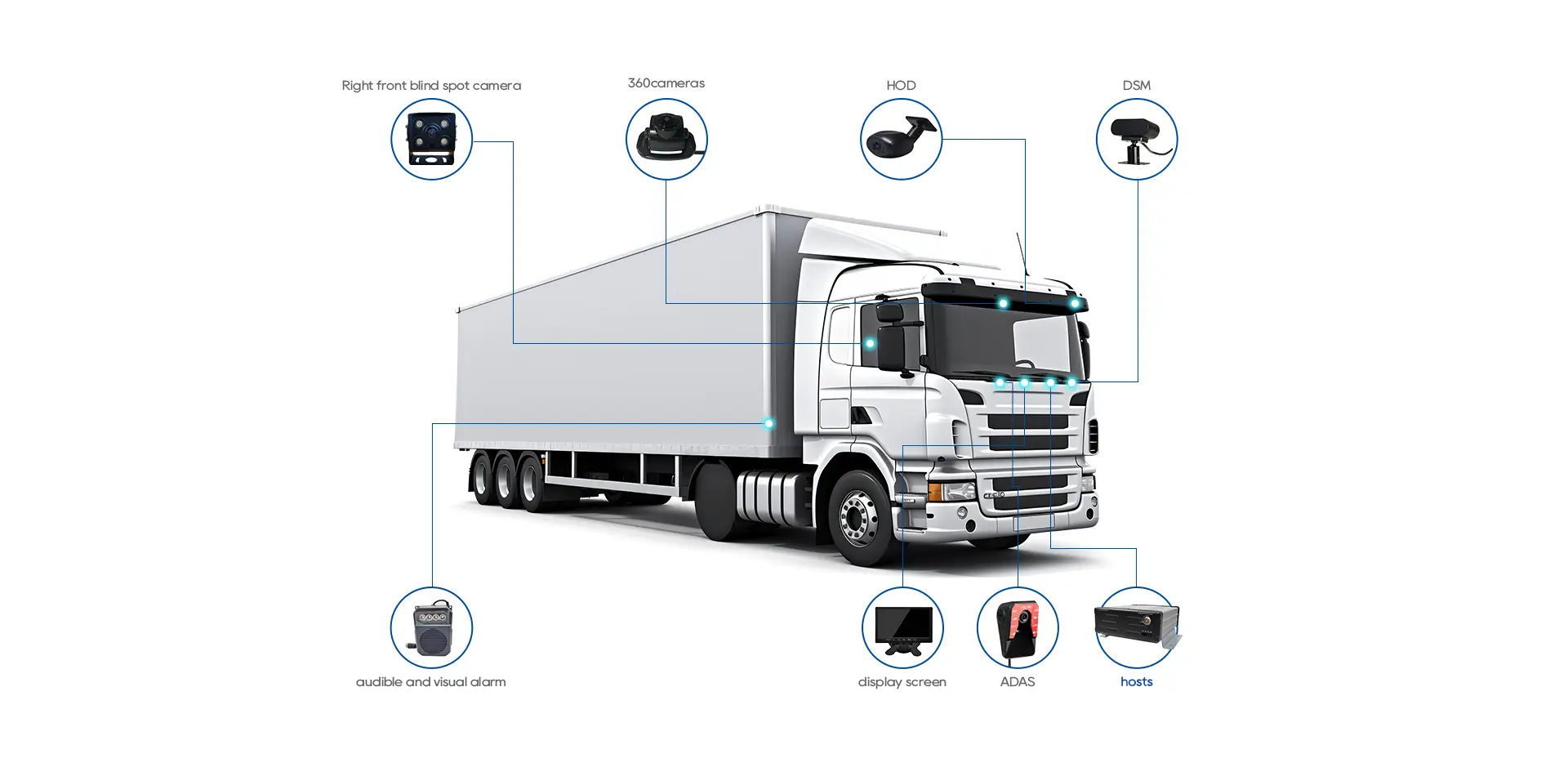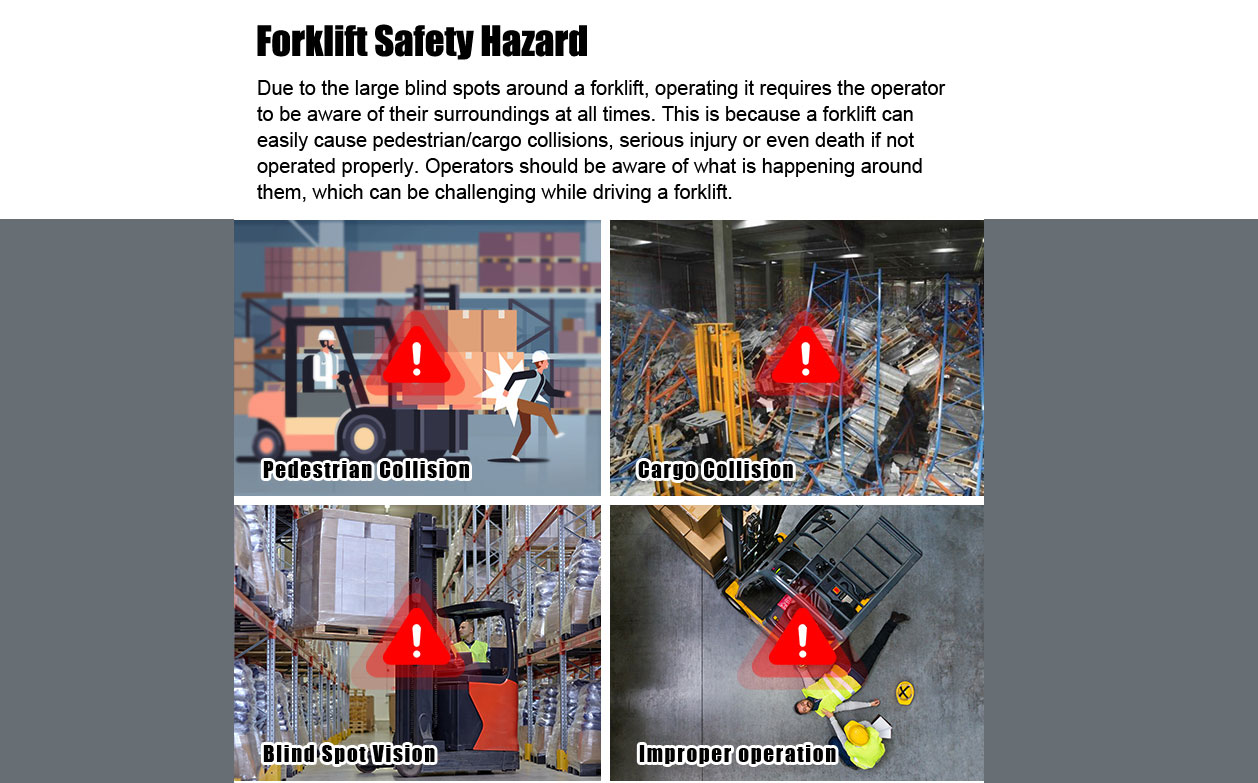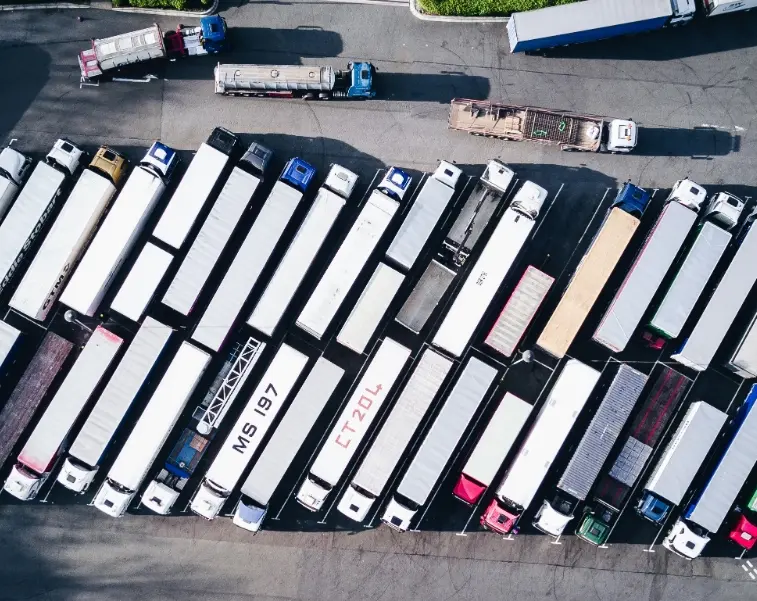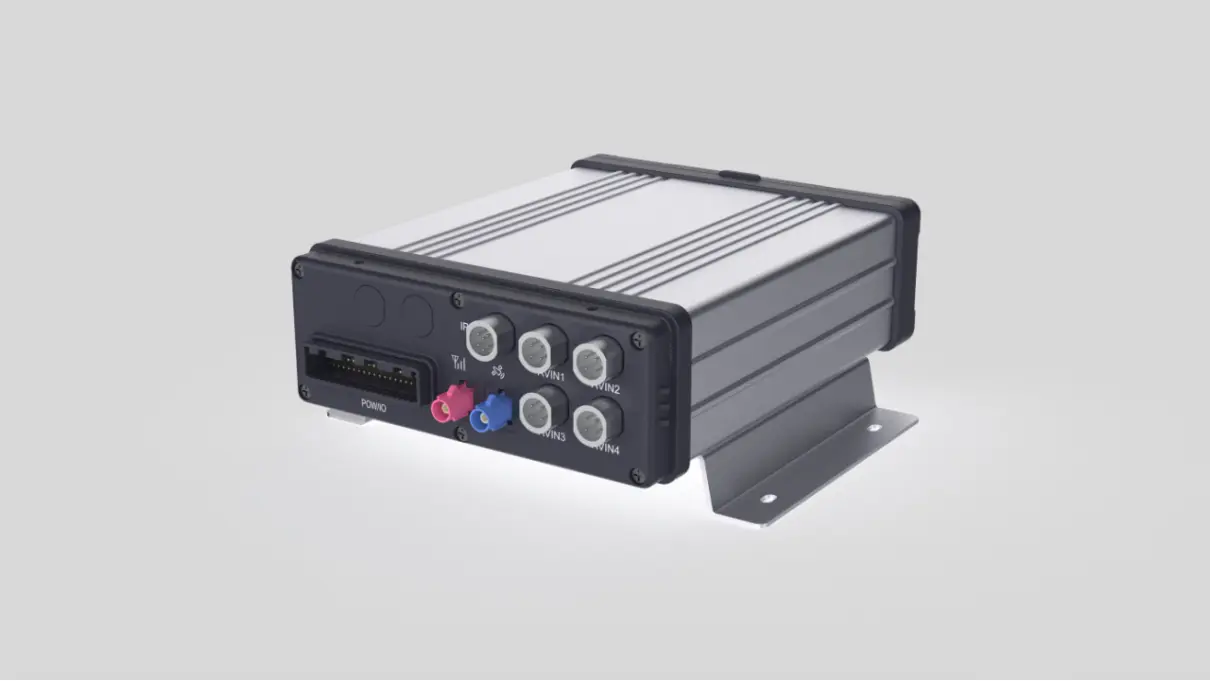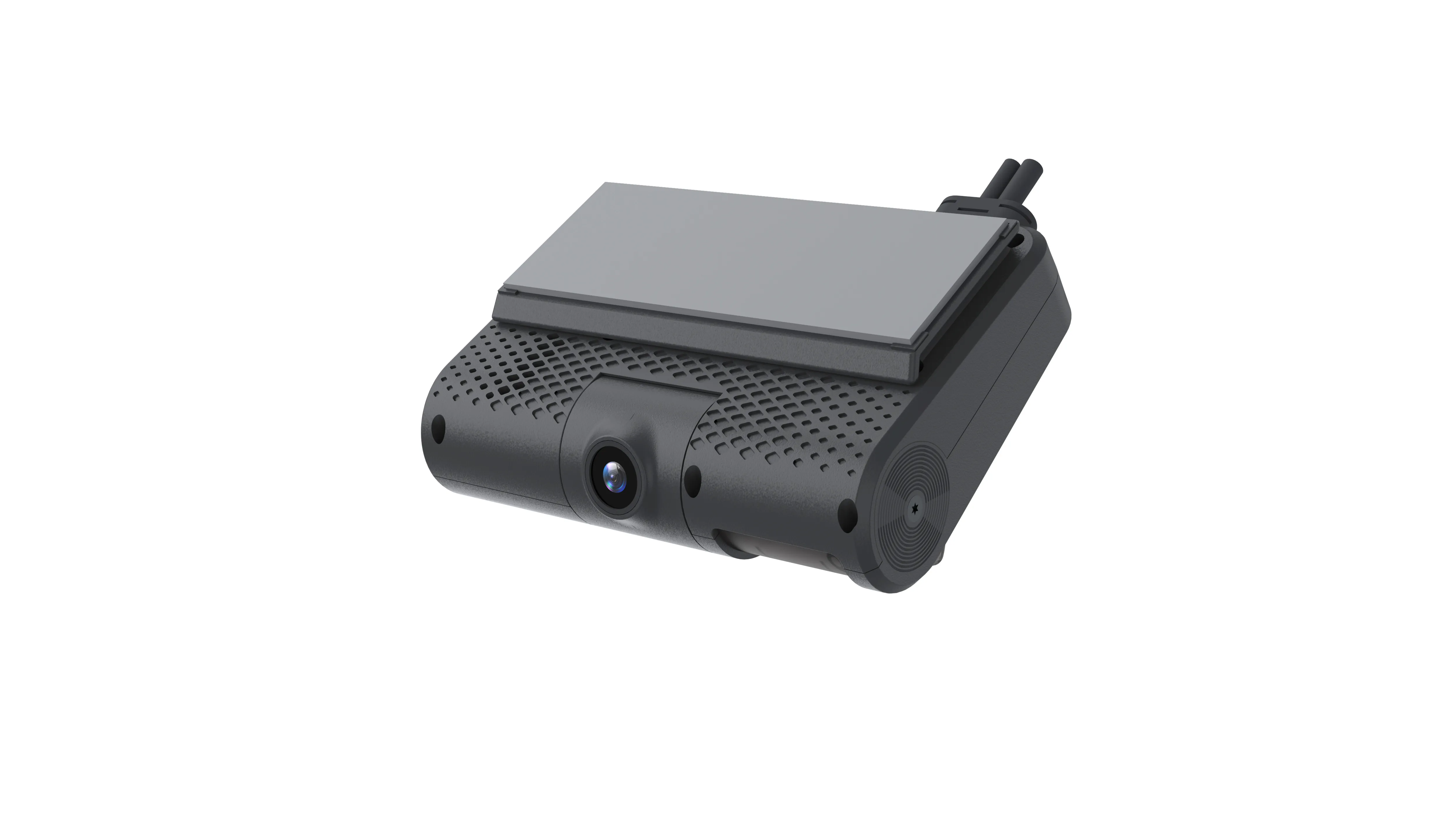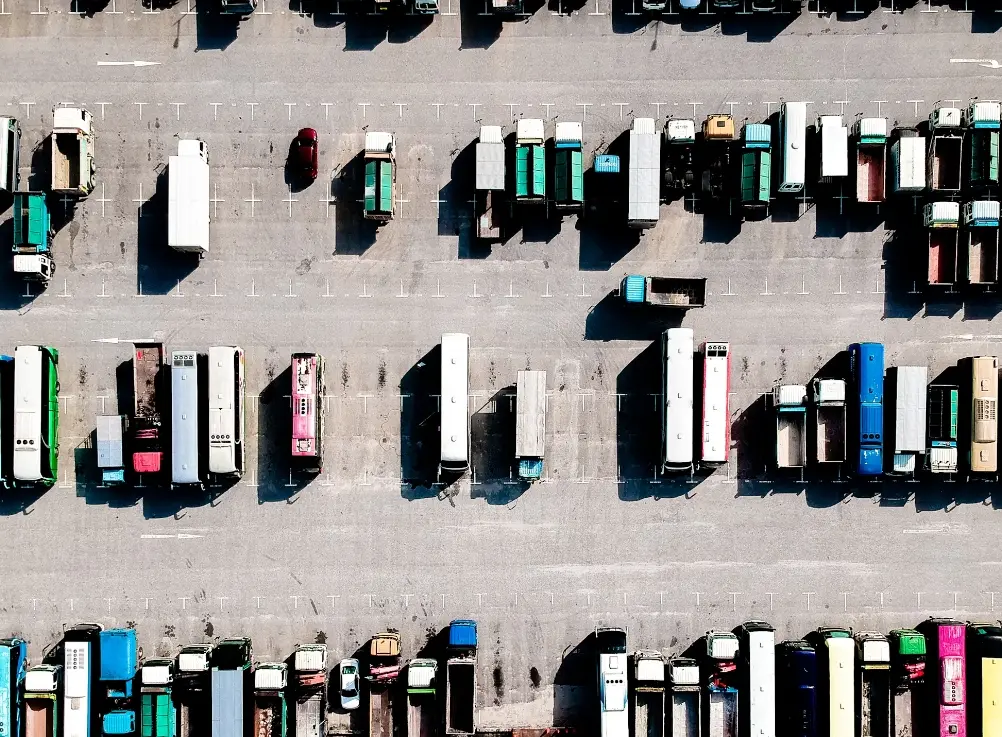Fleet Dash Cam with GPS in Brazil
Fleet Dash Cam with GPS in Brazil
Rediscover your driving experience with the Smart Video Terminal V5! Currently, our system is used by bus, taxi, and truck fleets in Brazil.
With the YUWEI Smart Video Terminal V5, your journey is now smarter, safer, and more enjoyable! Our latest state-of-the-art product, the V5, is equipped with innovative features that elevate driver safety and comfort to a new level.
Advanced Driver Assistance System (ADAS): The V5 is equipped with ADAS technology to support your driving. This system enhances your driving safety with features like collision warning, lane-keeping assistance, and adaptive cruise control. By constantly analyzing vehicles and road conditions around you, it detects potential hazards in advance and proactively issues warnings.
hnweb_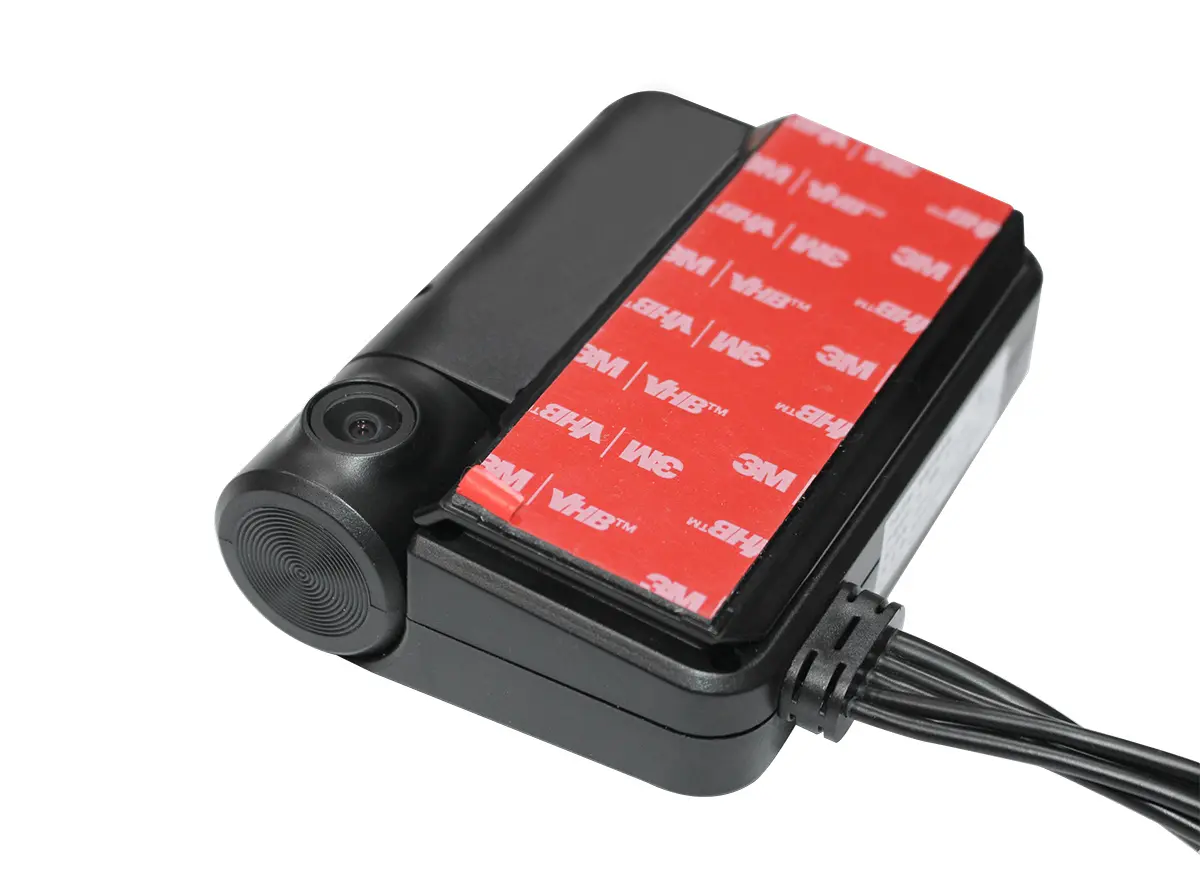
Driver Monitoring System (DMS): The V5 comes with DMS, which monitors the driver's attention and fatigue levels. This feature analyzes the driver’s eye movements and head position, issuing alerts when decreased attention or fatigue is detected. This significantly improves driver safety during long journeys or challenging driving conditions.
Blind Spot Detection (BSD): The BSD system monitors areas around the vehicle that the driver cannot see, enhancing driving safety by detecting vehicles and obstacles in adjacent lanes. This feature provides additional safety during lane changes or in heavy traffic.
Additional Features:
- Accurate Positioning: Dual-mode GPS/BDS positioning system.
- Always Connected: Global 4G communication and SMS command function.
- Superior Image Quality: 1-channel 1080P and 3-channel 720P cameras.
- Large Storage Capacity: Supports dual TF cards with a capacity of 2*2TB.
- Smart Recognition System: Facial recognition, mask detection, and people counting.
V5 – Your Travel Companion, Uniquely YUWEI
Fleet Dash Cam Specifications
- Technology: Device integrated with ADAS camera
- Product Type: 4G In-Vehicle Video Terminal
- Network Standard: Global 4G bands
- Memory/RAM: 256MB (Flash) + 1GB (DDR)
- Global Positioning System: Supports GPS + BeiDou
- Wireless Internet: 802.11b/g/n
- Speaker: 8 Ohms, 1.5W, 1 channel with audio gap
- Microphone: Built-in dual silicon microphone design
- Accelerometer: Three-axis accelerometer
- Product Dimensions: Length: 109.99 mm, Height: 80.48 mm, Width: 34.73 mm
Built-in Camera:
- Front Camera (ADAS Camera) (Standard): 1080P, MIPI camera, Horizontal: 112°, Vertical: 55°
Interface:
- Micro 5-Pin USB: USB×1, data interface
- RS232: 1*RS232 interface
- SIM Card Slot: Micro SIM card
- TF Card Slot: Supports two SD cards
Electrical Specifications:
- Operating Temperature: -20℃~70℃
- Storage Temperature: -40℃~85℃
- ESD Protection: 6KV contact, 10KV air
- Vibration Test: Automotive vibration
- Power Consumption: 500mA to 1A at 12V (depending on algorithm settings)
- ACC Off: ≤3mA
- Other Quality Requirements: In accordance with JT/T794 standards (including hard tests, soft tests, reliability, quality, etc.)
Power Supply:
- Power Supply: 12V/24V power
Buttons and Indicators:
- Indicators: 2-color indicator
- Alarm Button: Emergency alarm connector
Antenna:
- GPS Antenna: Built-in ceramic antenna
- 4G Antenna: Built-in FPC+IPEX converter
- WiFi Antenna: Built-in FPC+IPEX converter
Optional Equipment:
- In-Vehicle Camera (Optional): AHD external mount camera, 1/2.9' CMOS sensor, 1MP, infrared, 2.1mm focal length, 135° (Vertical) 70° (Horizontal) field of view, 25fps, 12V DC @ 65mA @ color, 12V DC @ 130mA @ black
- DSM Camera (Optional): AHD horizontal mount camera, 1/2.7' CMOS sensor, 1MP, infrared, 6mm focal length, 65° (Vertical) 56° (Horizontal) field of view, 25fps, 12V DC @ 140mA
- Blind Spot (BSD) Camera (Optional): AHD square waterproof camera, 1/2.9' CMOS sensor, 2MP, infrared, 2.3mm focal length, 148° (Vertical) 78° (Horizontal) field of view, 25fps, 12V DC @ 180mA
- Emergency Button (Optional): Speaker (Optional)
The YUWEI Smart Video Terminal V5 achieves the perfect blend of technology and safety. Equipped with ADAS, DMS, and BSD technologies, the V5 accompanies you on every journey, maximizing your safety and comfort.















